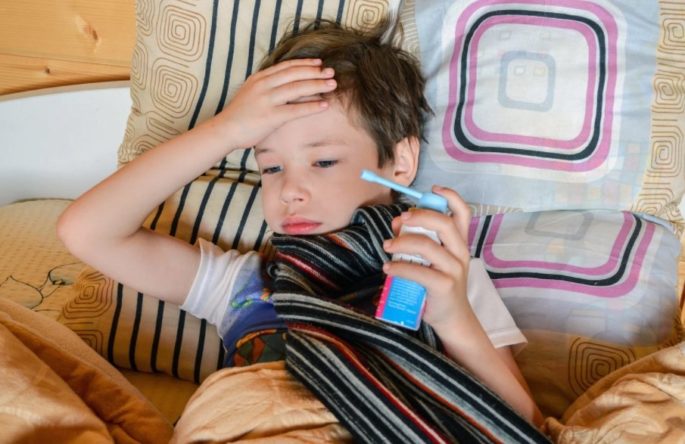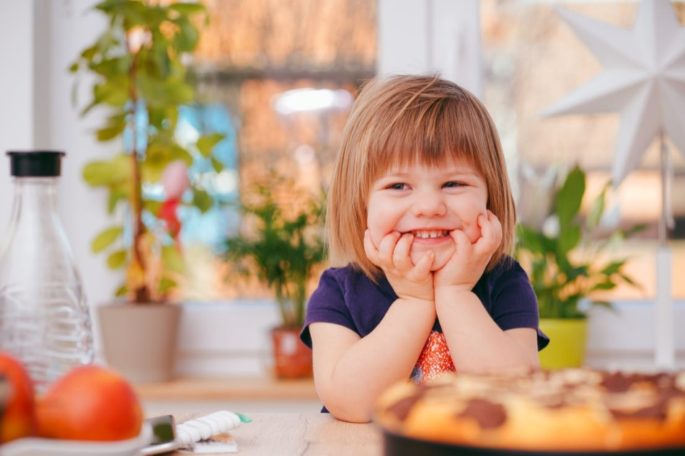These days, it is a must to have a well-stocked medicine cabinet, especially if you have children at home. Since illnesses and injuries are inevitable with the young, you need to be prepared for them by having these five medicines on stock all the time:
Wound care
Kids easily get hurt and bruised, so it’s vital to have some wound care basics in your medicine cabinet. Petroleum jelly tops the list because it can do the job of treating diaper rash and eczema or just helping with dry skin, especially during the summer. It also helps to have some hydrocortisone and antibiotic ointment for skin irritations, burns, scratches and cuts.
Pain medications
Pain relievers are another essential to any medicine cabinet if you have a child, and some pain medications can also treat fever. If you have younger kids at home, it is best to have liquid paracetamol on hand all the time. You also need to stock up on pain relievers for older children and adults since fever and pain are common ailments at home.
Antacids
Kids and even adults can easily get heartburn and indigestion because of their very diverse diets. It’s important to have some antacids like magnesium hydroxide and magnesium trisilicate on hand that can help neutralise the acid in your stomach. You can also ask your doctor for prescription antacids if you have family members who need to use them regularly or those with digestive problems.
Antihistamines
These medications are essential, especially if you have kids with allergies. Antihistamines are great for easing the symptoms of allergies and hay fever like runny nose, sneezing, rashes and itching. They can also help reduce swelling and pain from bee stings. If your child has asthma or more serious allergies, it’s also best to have an EpiPen on hand in case of any adverse reactions. You can even ask your kids’ doctor for any recommended antihistamines based on their age.
Cold medications
Cough and colds could happen any time, especially when the weather is cold, and kids are the most prone to them. For starters, you’ll need cough and cold medications, but you should be careful about giving them to children under four years old. To be sure about proper dosage and timing, you should ask your pediatrician for advice. It’s also good to have menthol rub, honey and other cough and cold remedies handy in case one of your children gets them.
With such uncertain times, it’s always best to be prepared with the things that you need at home to make sure that you can address common ailments quickly. Stocking up will not only save you time and money since you won’t need to go out of the house, but it will also make things convenient for your household, especially these days when you can’t just go out to buy medications whenever you want to.





